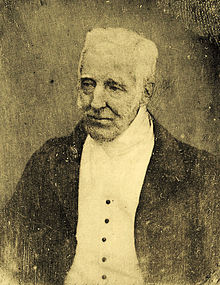There’s been discussion on the letters pages of “The Times” about the origins of the “Tommy Atkins” reference – the standard typical British soldier with all the phlegmatic character so well described by Kipling. Well, it turns out that Kipling didn’t “invent” the name out of the blue, and the history of Tommy Atkins as a real person is moving, dramatic and a little older.
In 1843, The Duke of Wellington, a national hero, former Prime Minister and Victor of Waterloo was a “Minister without Portfolio”. He was an elderly man of 73 and the Grand Old Man of the British establishment. The previous year he had been re-appointed as Commander in Chief of the Army.

The Duke of Wellington, aged 74
Officers on the Army Staff came to show him a new piece of bureaucracy – a form that soldiers had to sign to claim their allowances. They wanted to create a “typical entry” as a guide for soldiers entering their details. The discussion turned to the name that the guide should use as its example, and they asked the old General his opinion.
Wellington sat back and thought. He recalled one of his earlier campaigns, in the Low Countries in 1793. After a battle he had come across a gravely wounded solider, lying on the ground. That soldier had served in the Grenadiers for 20 years, could neither read nor write, but was the “best Man-at-Arms in the Regiment”. His name was Thomas Atkins. Atkins was severely wounded, and had begged the stretcher bearers to leave him be, so that he could die in peace. Looking up and seeing the Duke’s concern, the man uttered his last words. “It’s all right, Sir. It’s all in a day’s work.”
Wellington still remembered that experience, 50 years later, and so the name on the form and for every British soldier since became “Thomas Atkins”.
